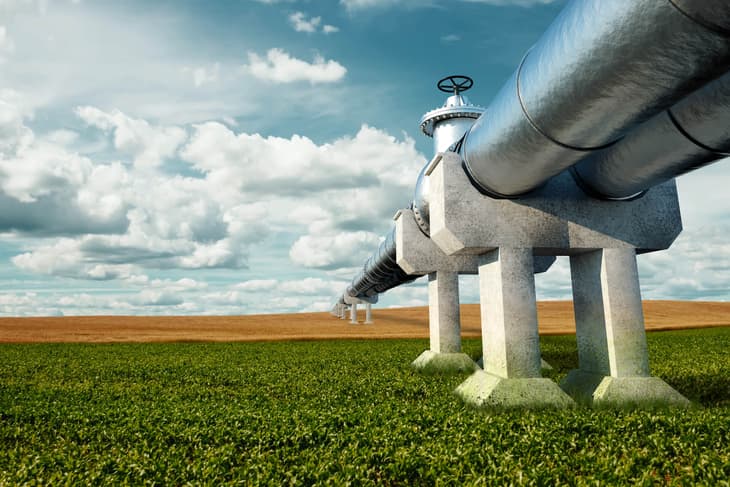One of the most prominent challenges in the hydrogen industry is transportation: hydrogen must be liquified at low temperatures or compressed at high pressures for efficient transportation from supply sources to end-use customers, and as a tiny element, it reacts with traditional pipeline components, cracking steel and resulting in integrity issues and potential losses.
Currently, there are only around 1,600 miles of hydrogen-dedicated pipelines in the US, compared to around 3,000,000 miles of natural gas pipelines. Given the critical role hydrogen is playing in the global energy transition, the US has moved to strengthen its hydrogen pipeline infrastructure.
Private hydrogen pipeline developers – key players in this effort – will need to navigate a complex, uncertain legal landscape. While several state and federal agencies have ancillary regulations addressing hydrogen, there is no federal comprehensive regulatory scheme for designing, constructing, and operating interstate hydrogen pipelines.
... to continue reading you must be subscribed






